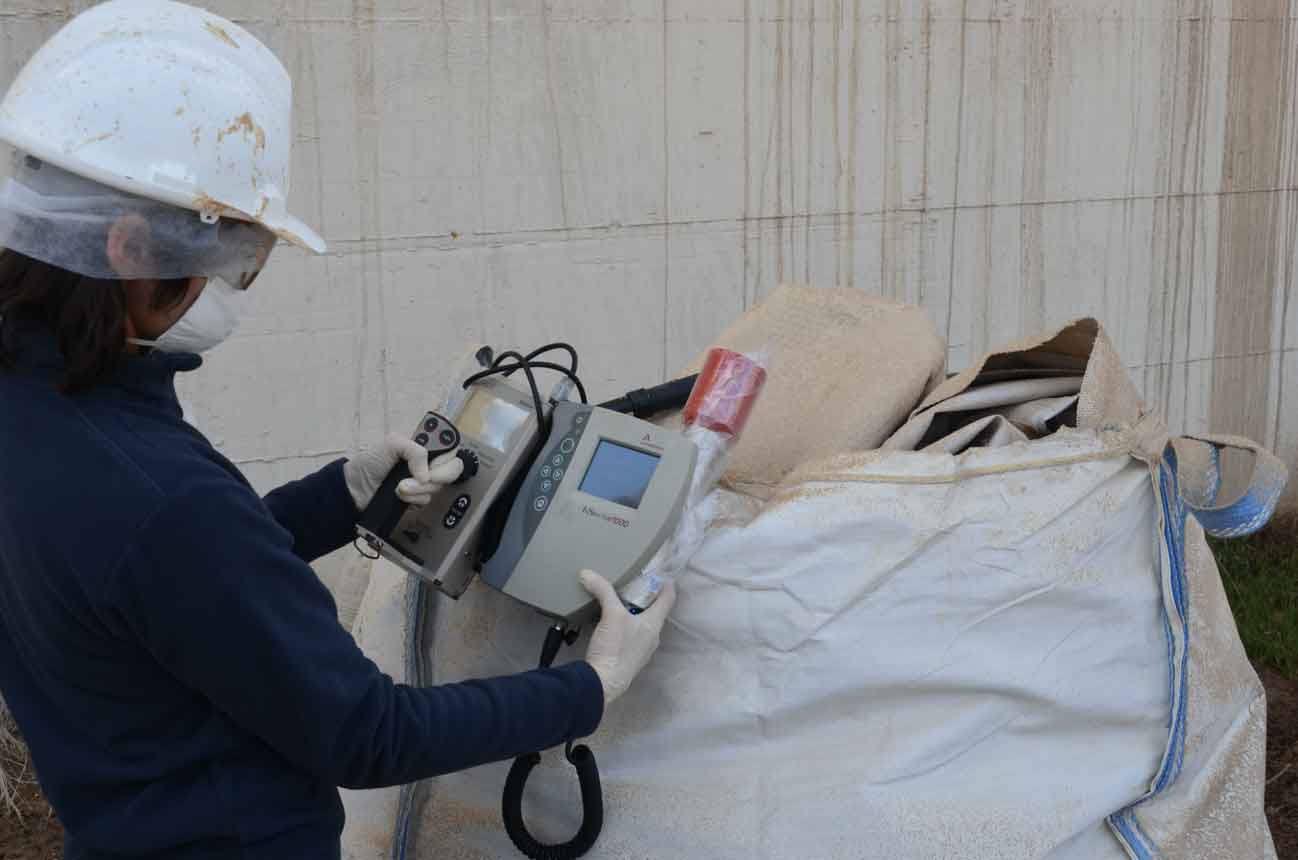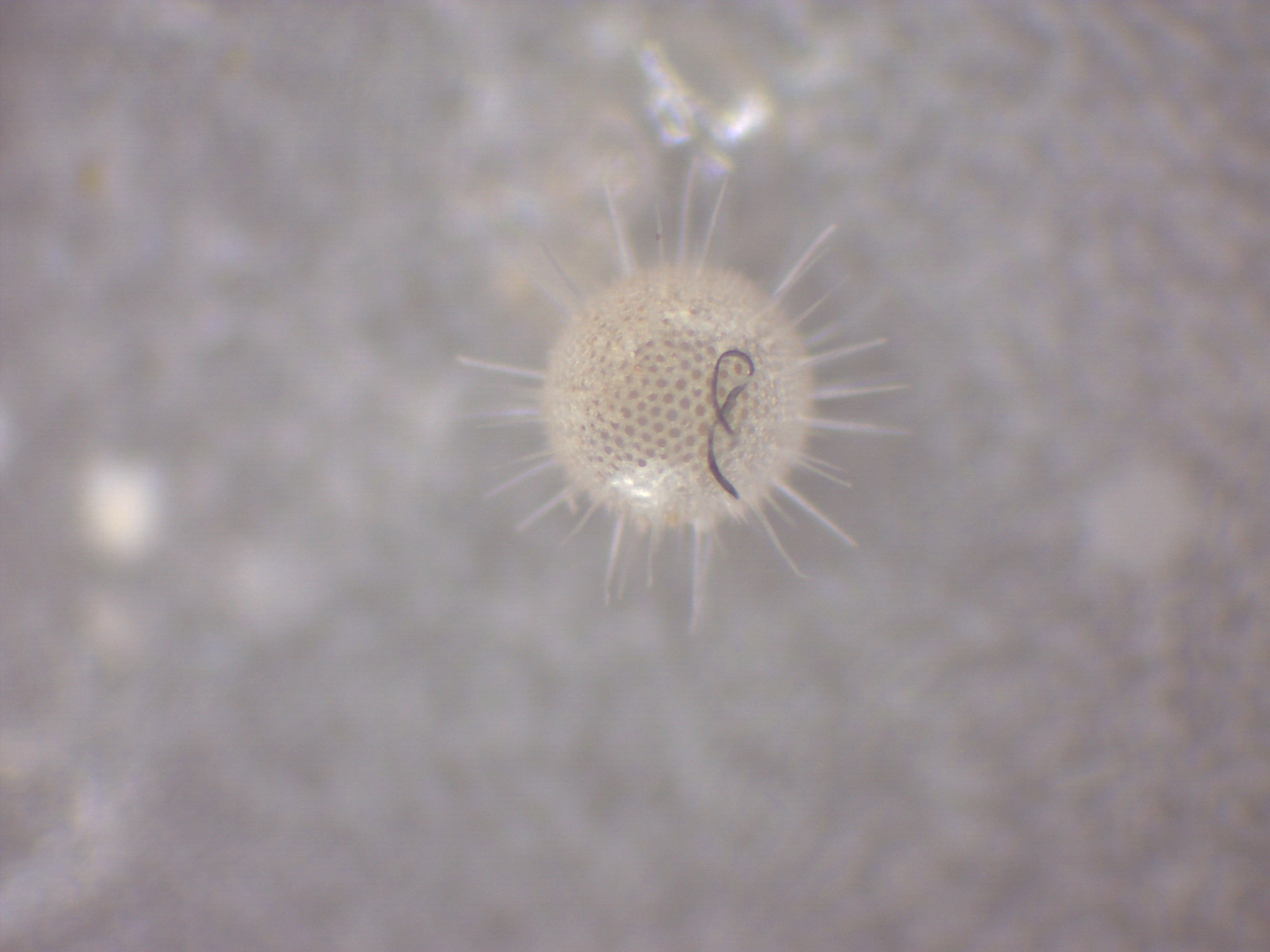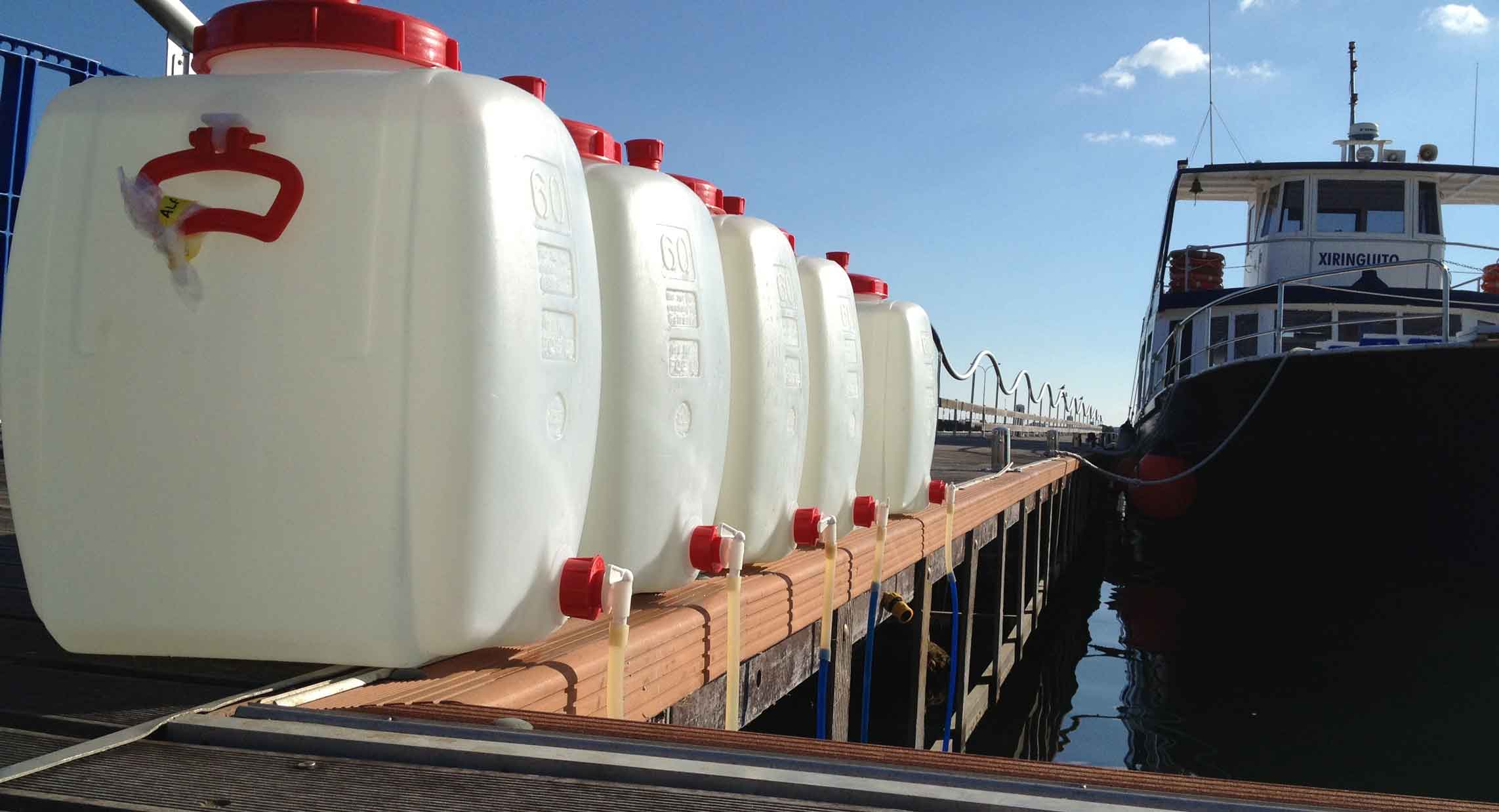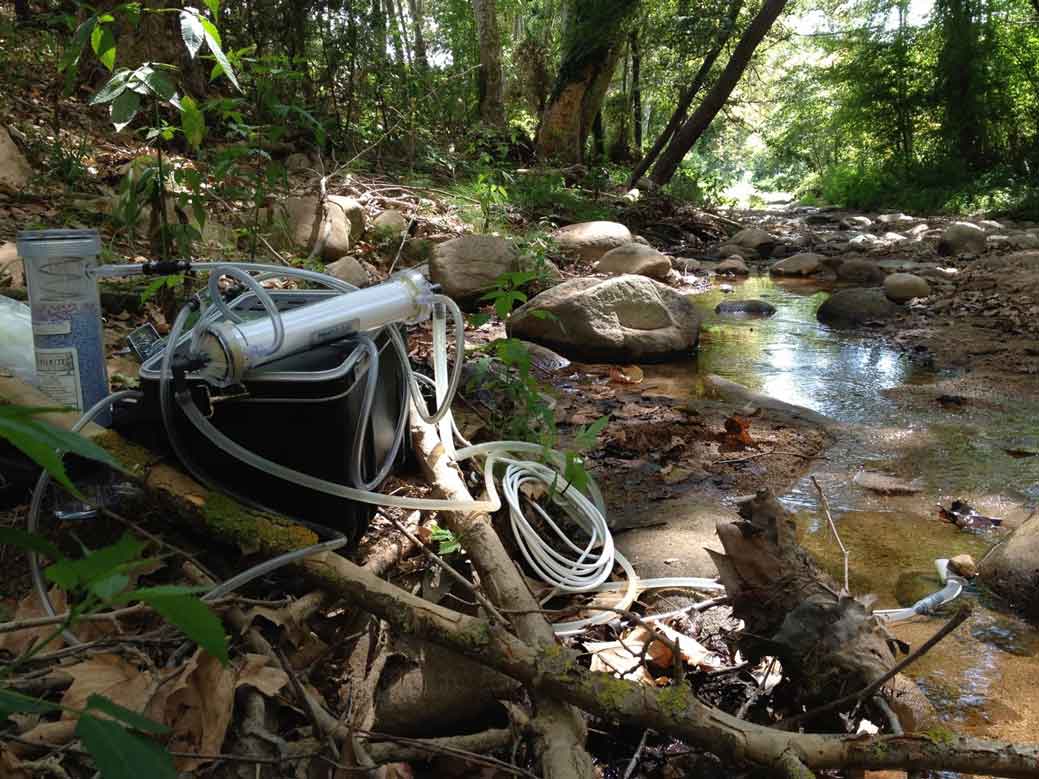Radioactivity content analysis
Normally Occurring Radioactive Materials (NORM) are usually by-products obtained from natural materials that are enriched in radioactivity contents, so they typically have high concentrations of radioisotopes from the U/Th series or K. As these can be hazardous materials, a special legislation concerning their use and disposal has been developed in the last decades, especially from the last eighties, when much more interested was focused on the environment protection. The GRAB has participated in several knowledge transfer projects with companies in the study of radionuclide behavior in NORM industries.
Using radiochemistry procedures, a variety of radionuclides can be separated and measured in our premises, the most common being 210Po, uranium and thorium, which are alpha emitters. In the case of g- emitting radioisotopes (40K, 214Pb, 214Bi, 228Ra, 226Ra), measures can be made without any previous radiochemistry in a HPGe gamma spectrometer. Radionuclide distribution studies in NORM industries can be complemented by measurements of radiation levels with a NaI g-spectrometer model Inspector 1000. A dose assessment to workers in a NORM industry can be derived from those measurements.

Detector ready to measure dose rate in a NORM industry.

Measuring dose rate with a gamma NaI in a NORM industry.







